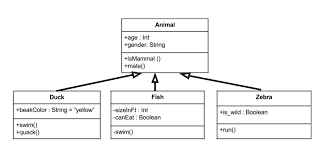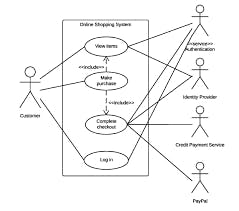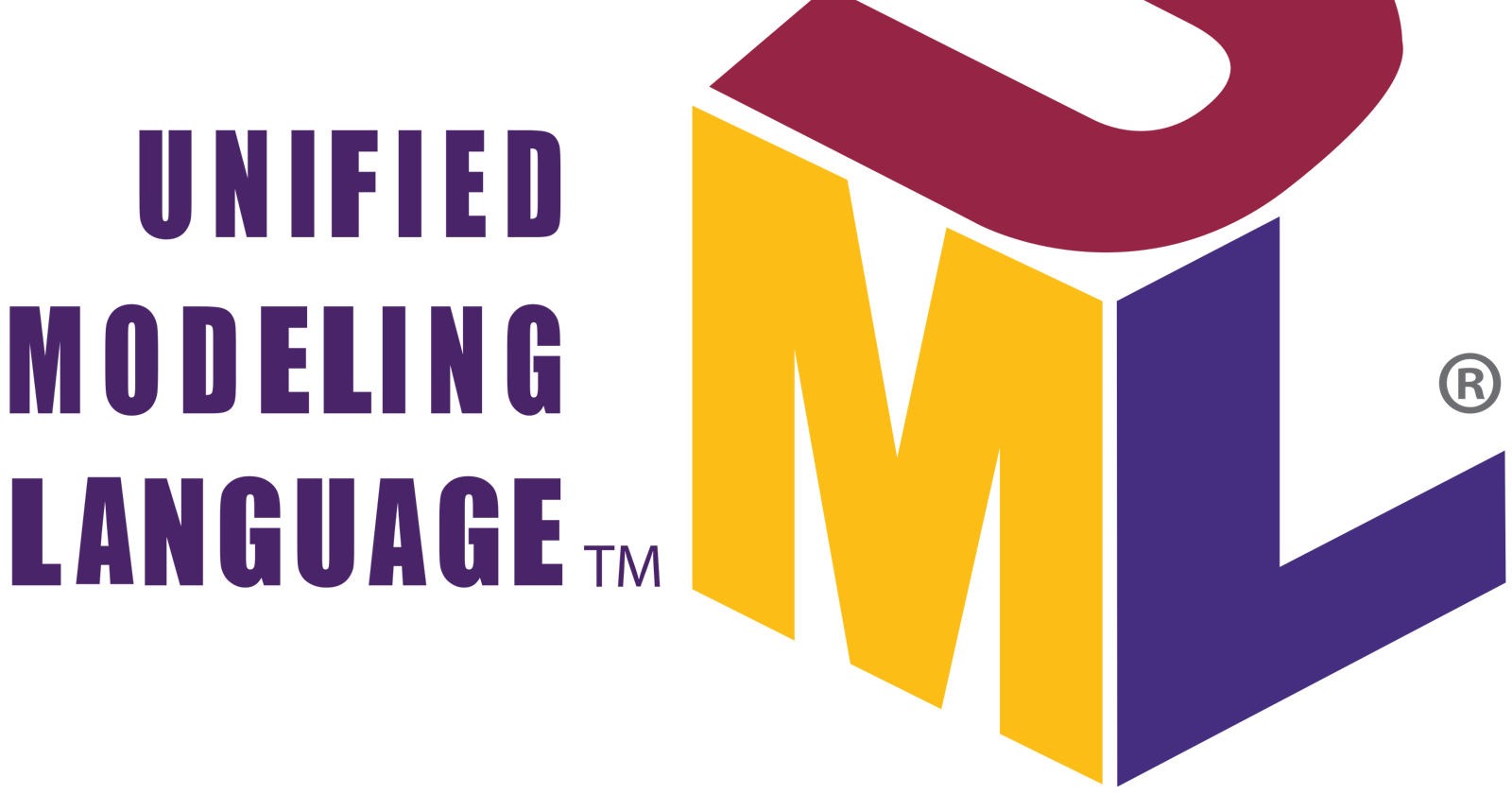UML (Unified Modeling Language) is a standardized visual modelling language to design and model software systems. It is a language that provides a set of notations and diagrams to represent the architecture, structure, behaviour, and interactions of software systems.
UML is widely used in software engineering to help developers, designers, and stakeholders to communicate, understand, and design software systems. It includes various types of diagrams, such as class diagrams, use case diagrams, sequence diagrams, activity diagrams, and state machine diagrams.
These diagrams help represent the various aspects of a software system and its behaviour clearly and clearly. UML is a powerful tool for software development, as it can help to identify design problems and optimize the software architecture, leading to better quality software products.
UML was first introduced in 1997 and has become the de facto standard for software modelling.
UML includes various types of diagrams, such as class diagrams, use case diagrams, sequence diagrams, activity diagrams, and state machine diagrams. Each of these diagrams represents a different aspect of the software system.
UML Diagrams-
Class Diagram: These are used to represent the classes in a system and the relationships between them. A class represents a set of objects with common characteristics and behaviour. A relationship between classes represents how the objects of one class relate to the objects of another class.

Use case Diagram: Use case diagrams are used to represent the interactions between a system and its actors. An actor is a user or system that interacts with the system being modelled. Use case diagrams show the different use cases for the system and how they are related to each other.

Sequence Diagram: Sequence diagrams are used to represent the interactions between objects in a system over time. Sequence diagrams show the flow of control between objects and the messages that are sent between them.

Activity Diagram: Activity diagrams are used to represent the flow of activities or processes in a system. Activity diagrams show the different activities and the order in which they occur.

State Machine: State machine diagrams are used to represent the behaviour of an object or system in response to events and changes in state. State machine diagrams show the different states that an object or system can be in and the transitions between them.

UML is a powerful tool for software development. It can help developers to understand the requirements of a system better, communicate with stakeholders, and identify potential issues and improvements in the design. UML can also help to identify design problems and optimize the software architecture, leading to better quality software products.
In conclusion, UML is a popular visual modelling language that provides a set of notations and diagrams to represent the architecture, structure, behaviour, and interactions of software systems. UML has many benefits for software development, including a common language for communication, visualization of different aspects of a system, and identification of design problems.
